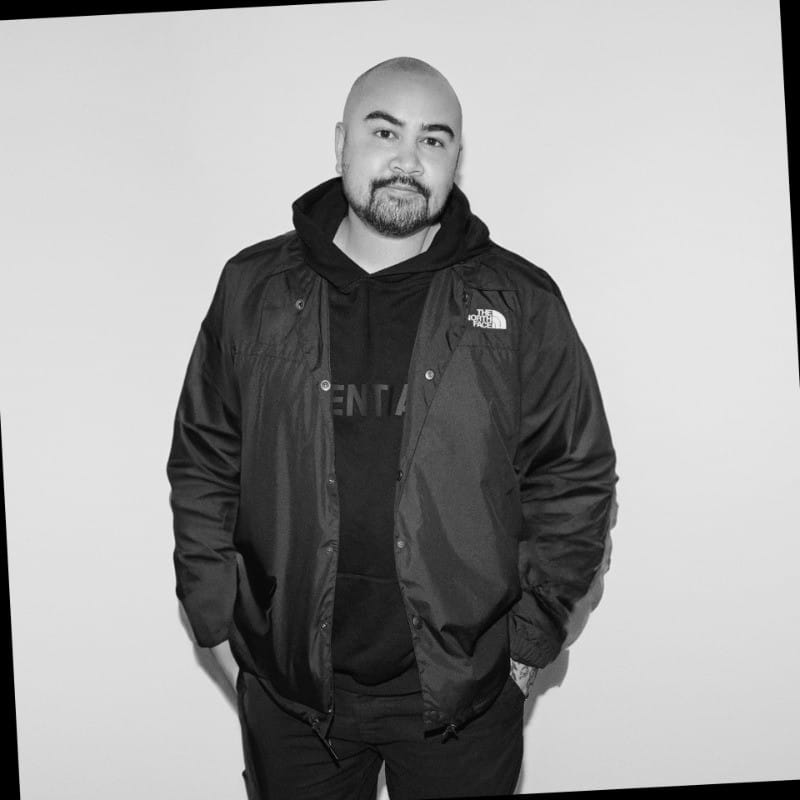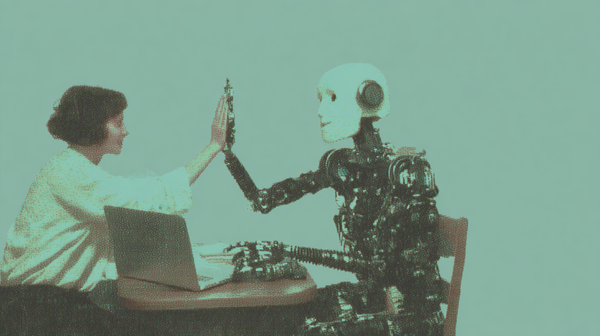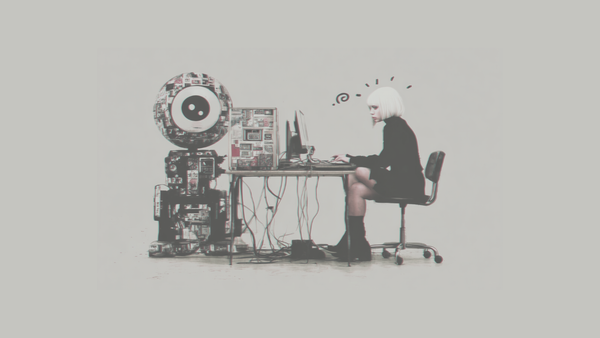The white coat no longer owns experimentation. Today, it’s far messier than that, writes brand strategist and cultural critic James Kirkham.
Today, the proving ground for new technology is not a sterile lab but a virtual pit at a gig, a queue for a fashion drop, or the resale market for a digital trainer. Before Fortnite hosted a concert the idea of millions logging in to a video game to watch a pop concert or music event was laughable. Before Gucci sold untouchable shoes, the idea of paying for pixels was a punchline. Yet it was culture that ran the tests in public, and once culture accepted them then commerce swiftly followed.
Culture functions as a petri dish moving at the speed of memes and fandom. It fails in full view, iterates within hours, and scales globally overnight because every experiment is delivered straight into feeds and streams. When teenagers queue for a virtual item with the same devotion their parents once reserved for vinyl it is not simply a marketing stunt but an indicator of where value has migrated. Attention clusters, value follows, and markets form.
Most brands still don’t get it. They treat culture as decoration, not as the engine of transformation. They brief a film, or buy media, and call it progress. The sharper move is to recognise culture itself as research and development like a living portfolio of small bets inside scenes that already matter.













